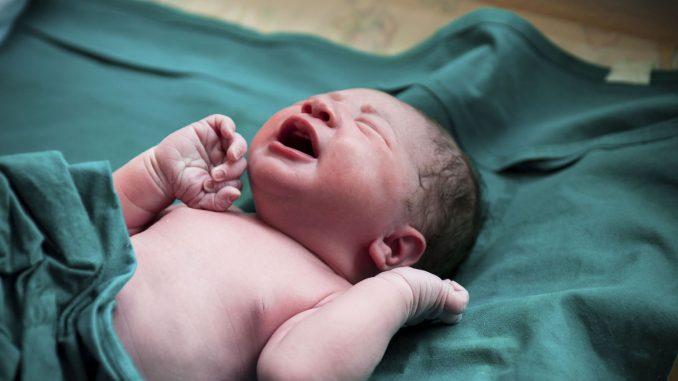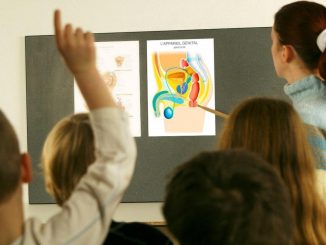
- Researchers from the University of Sao Paulo’s medical school gathered data by comparing the brain structure of people who identified as transgender and cisgender.
- In particular, they discovered that the volume of the insula, a region in the brain, was different depending on whether it was a brain belonging to a trans or cisgender person.
- The study, published in Scientific Reports last January, involved subjecting 80 participants between the ages of 18 to 49 years old to MRI scans.
Being transgender could be biological.
A study by a team of experts in Brazil claimed that transgender people are born the way they are, shedding light on ‘nature-versus-nurture’ debate regarding gender identity.
Brain structure
In the latest transgender news posted by PinkNews on March 15, researchers from the University of Sao Paulo’s medical school gathered data by comparing the brain structure of people who identified as transgender and cisgender. A cisgender person is someone whose gender identity matches the gender assigned at birth.
They found out that there were significant differences in the brains among trans subjects. In particular, they discovered that the volume of the insula, a region in the brain, was different depending on whether it was a brain belonging to a trans or cisgender person.
Carmita Abdo, principal investigator of the study, said, “The evidence is building that it’s not a matter of ideology. Our own research based on MRI (magnetic resonance imaging) scans points to a detectable structural basis.”
Additionally, Professor Geraldo Bussatto, an associate researcher and the head of the university hospital’s Psychiatric Neuroimaging Laboratory, said the results are relevant.
He qualified the discovery of the study, pointing out that it was simplistic in establishing a direct link with transgender. However, he said that detecting the difference in the brain structure between trans and cis subjects was relevant.
Furthermore, he said, “Trans people have many issues relating to their perception of their own body, because they don’t identify with the sex assigned at birth, and in addition, they unfortunately suffer discrimination and persecution.”
MRI scans
More details from Medical Daily revealed that the study, published in Scientific Reports last January, involved subjecting 80 participants between the ages of 18 to 49 years old to MRI scans.
They were grouped into four brackets: cisgender women, cisgender men, transgender women who had began hormone therapy and transgender women who had not taken any hormones for a period of one year.
Next, the researchers assessed the differences in gray and white matter volume of the brains based on the scans.
What they found was that for both transgender groups, there were variations in the volume of the insula in the two hemispheres. The insula is that region of the brain responsible for body image and self-awareness by reading the physiological state of the body.
Busatto said that since insula is associated with many elements, it cannot be used as basis for specific differences.
According to Giancarlo Spizzirri, the study’s first author, the discovery suggested that the differences may start during gestation. The variations the researchers observed may be a characteristic among transgender women, as it failed to explain the use of or absence of hormone treatment.
“It’s important to recall that there’s no such thing as a typically female or male brain,” Spizzirri said. “There are slight structural differences, which are far more subtle than the difference in genitals, for example. Brain structures vary greatly among individuals.”



Be the first to comment